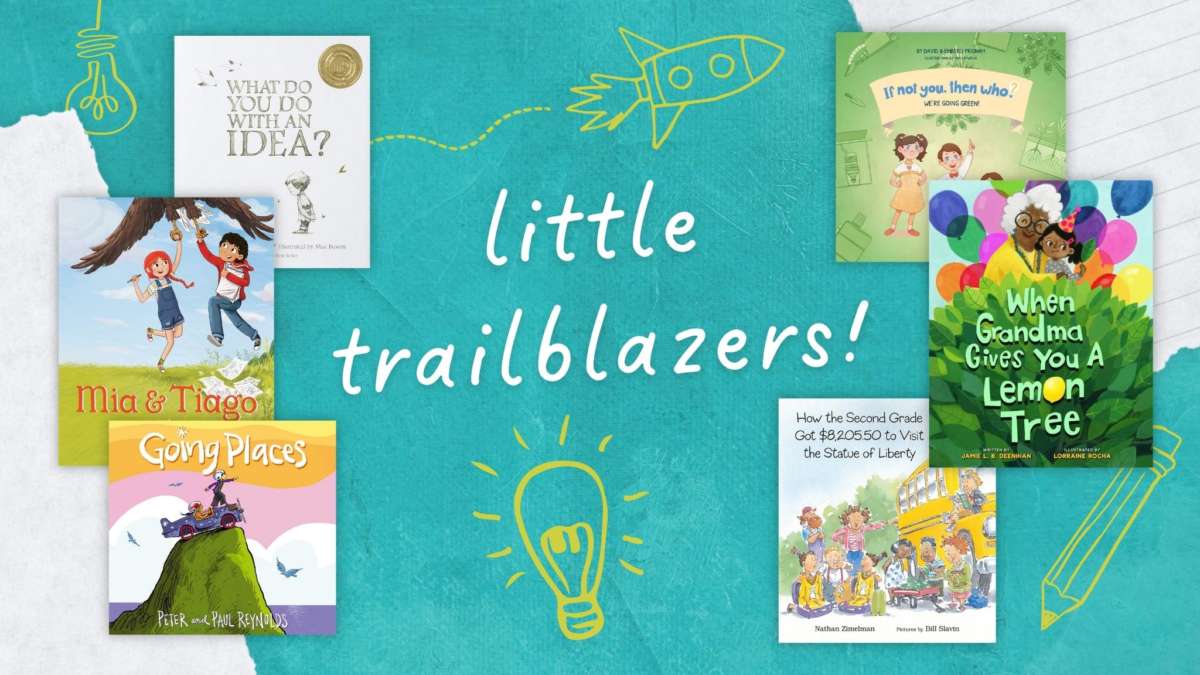How do you foster the entrepreneurial spirit in kids? Everyone knows that the sooner kids start learning these kinds of fundamental building blocks, the better. But it may be a little early to be putting your kids in business suits and scheduling meetings with investors!
If you’re looking to set your child up for success in the world of entrepreneurship, look no further. We’ve compiled a list of 6 essential reads for kids that introduce innovation at a beginner level that kids can understand. By introducing these concepts early, these books will add vital skills to your little one’s arsenal that will help them reach their full potential.
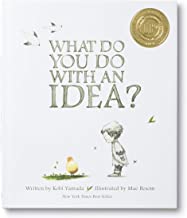
What Do You Do With an Idea? by Kobi Yamada, illustrated by Mae Besom
Winner of the Independent Publishers Award, the Washington State Book Award and the Moonbeam Children’s Book Award, this NYT bestseller will undoubtedly foster children’s sense of innovation. Written in simple, straightforward language, What Do You Do With an Idea? asks its readers to look inward at what interests and inspires them.
“This is MY idea,” the young protagonist muses on their own theoretical creation. “No one knows it like I do. And it’s okay if it’s different, and weird, and maybe a little crazy.” Children can feel pride in the value of their ideas, knowing that they’ve accomplished something simply by pursuing innovation in the first place. By encouraging young readers to go out and seek inspiration, What Do You Do With an Idea? is the perfect first stepping stone for boosting a child’s entrepreneurial spirit.
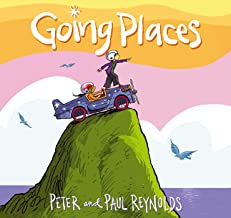
Going Places by Paul A. Reynolds and Peter H. Reynolds
With colorful illustrations and an exciting adventure, Going Places disguises a powerful message with an adrenalizing go-cart race. It’s time for the yearly Going Places contest, where each young competitor is given the same supplies and expected to build their vehicle in the allotted time. Despite the tight deadline, a competitor named Maya doesn’t seem to be rushing things along — and when she finally starts building, her creation doesn’t look much like a go-cart at all! But then again, did anyone technically say it had to be a go-cart?
Through Maya’s creativity, kids see a great example of how to think outside the box and transform a kooky idea into a real innovation that will — literally — fly above the rest.

Mia and Tiago: The Bird in Hand Principle by Gosia Glinska, illustrated by Tomasz Pląskowski
Mia and Tiago have a conundrum: their elementary school is hosting the Moonshots Contest, where students come up with new ventures that can aid their community. The prize? A chance to fly on the rocket ship JupiterOne! The problem? Mia and Tiago don’t have a single clue what their entrepreneurial venture should be. But thanks to an unlikely source, they learn of the “bird in hand” principle — an approach to building a venture by starting with what you already have at your disposal.
Alongside Mia and Tiago, readers will get to see the bird in hand principle in action, showing them step-by-step how to use this approach for their own ingenuity. The first in a new series all about entrepreneurship, this children’s book is the perfect way to teach kids foundational skills to become a future innovator.
Read our full review of The Bird in Hand Principle here.
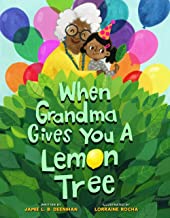
When Grandma Gives You a Lemon Tree by Jamie L.B. Deenihan, illustrated by Lorraine Rocha
In this charming children’s book, the young protagonist can barely contain her excitement for her upcoming birthday. She’s drafted a huge wish list of today’s top gadgets and gizmos, but the present she receives from her grandma is a lot more … leafy. But when she cultivates her brand-new lemon tree, the disappointment our protagonist first felt quickly fades away. Soon, she’s coming up with new ideas to put her beloved tree’s fruit to good use — including making lemons into lemonade!
A twist on the classic “lemonade stand” story, the story encourages kids to make the most out of a situation, while reminding them that inspiration for new endeavors can be found outside, rather than just on a device. It’s little wonder that When Grandma Gives You a Lemon Tree is a teacher’s pick on Amazon.
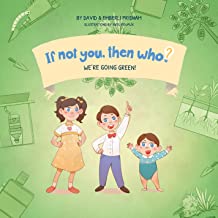
If Not You, Then Who?: We’re Going Green by David and Emberli Pridham, illustrated by Anyu Rouaux
To be an inventor, you have to have the innovation and drive to bring your idea to fruition. It’s a challenge that Noah encounters in the delightful and informative tale We’re Going Green!, part of the If Not You, Then Who? book series. As he prepares for his school’s Inventor’s Fair presentation, he’s a jumble of nerves. What if his idea isn’t good enough? With all his classmates presenting brilliant new plans to help the planet, Noah’s worried that his own simply isn’t enough.
If a lack of confidence is holding your young inventor back, We’re Going Green! is a great book to build their self-esteem and encourage them to create. By emphasizing that no idea is too small, this story emboldens kids to go out and bring their dreams to life regardless of others’ opinions.
Read BookTrib’s review of We’re Going Green! here.
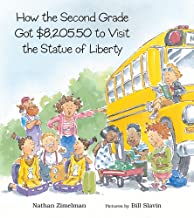
How the Second Grade Got $8,205.50 to Visit the Statue of Liberty by Nathan Zimelman, illustrated by Bill Slavin
The second grade of this elementary school is desperate to visit the Statue of Liberty. But according to their calculations, it’s going to take over $8000 to get to New York City. How are a bunch of little kids going to come up with that kind of money?
Susan Olson, second-grade treasurer and reporter, documents the class’s progress in this delightfully educational read. Breaking the class’s progress down into two categories, Expenses and Profits, Susan records the students’ many business ventures — everything from babysitting and running a lemonade stand to walking dogs and selling candy. The story gives kids a real taste of entrepreneurship in action and shows how small gains can add up into big rewards.

